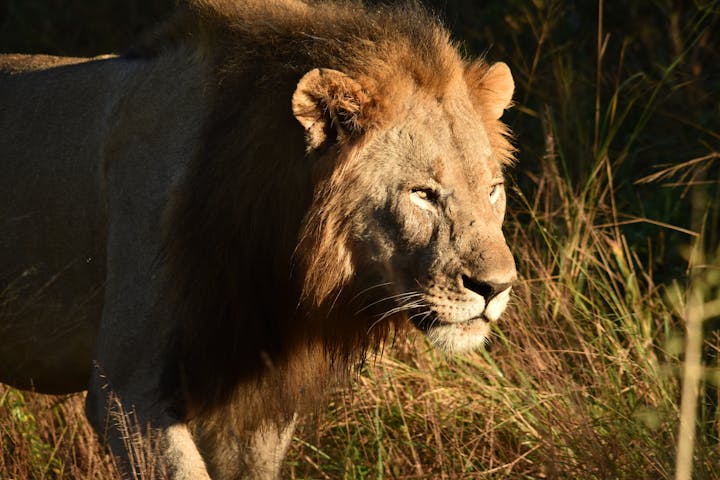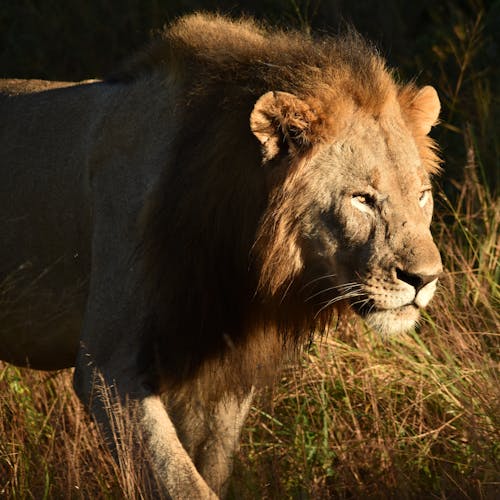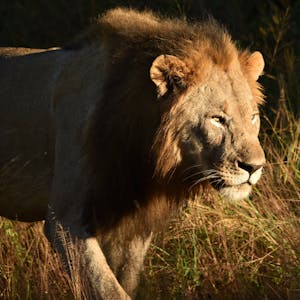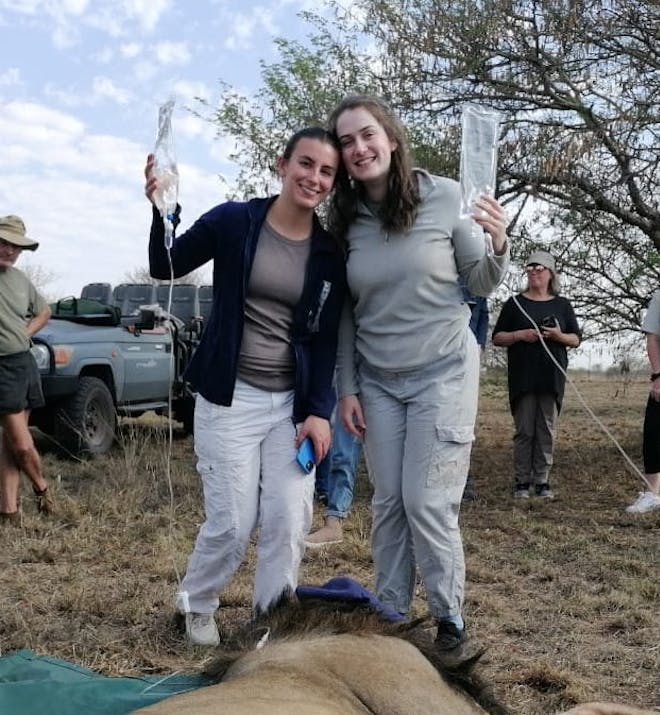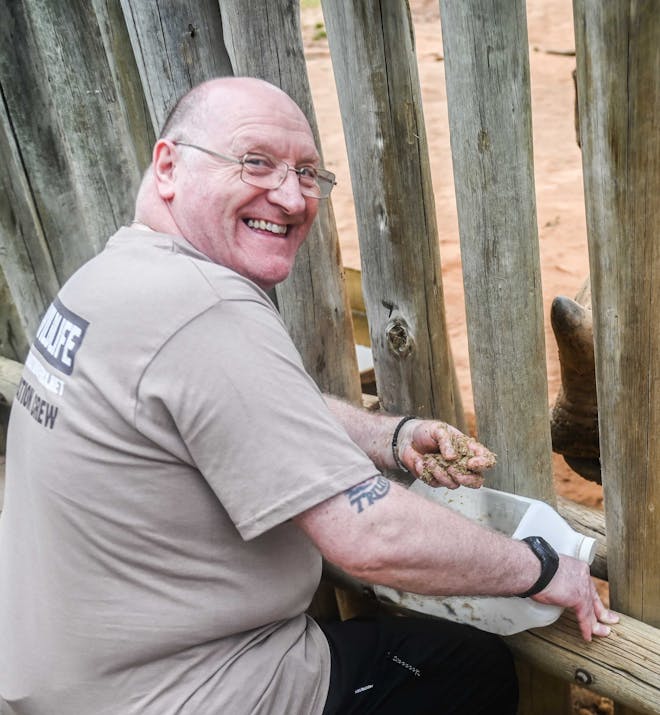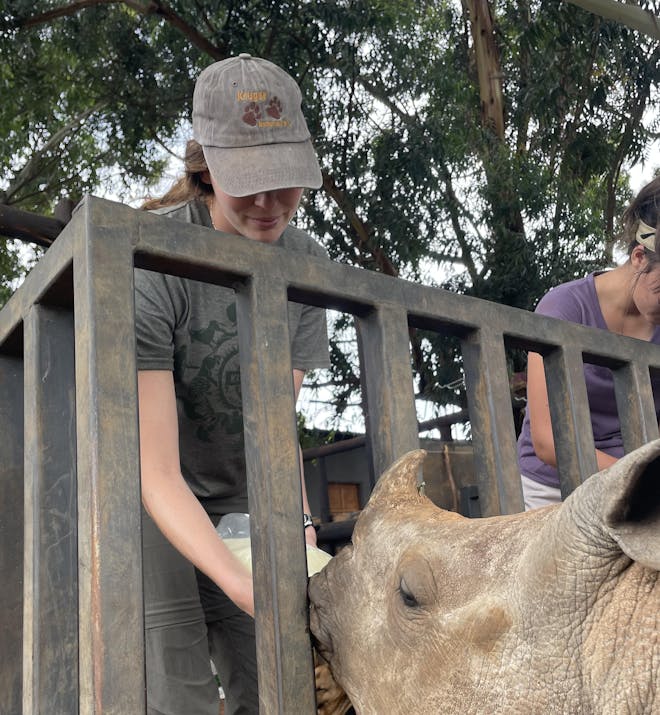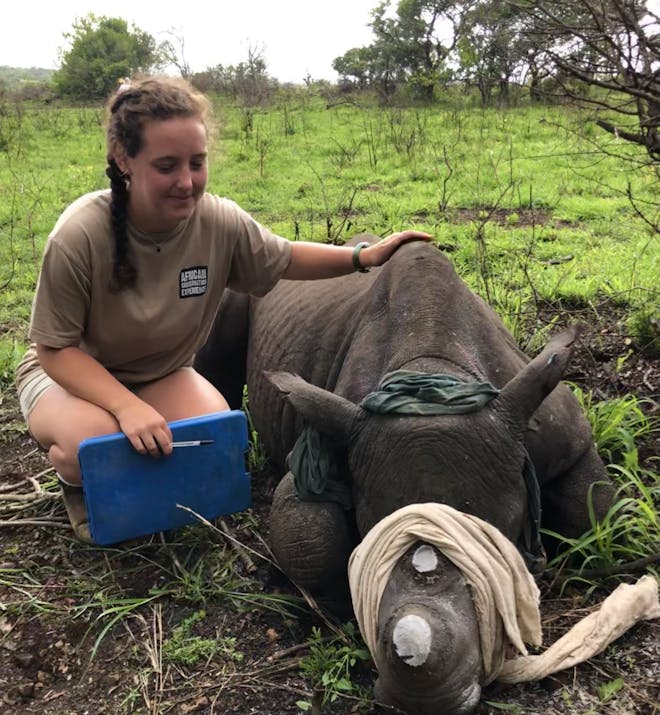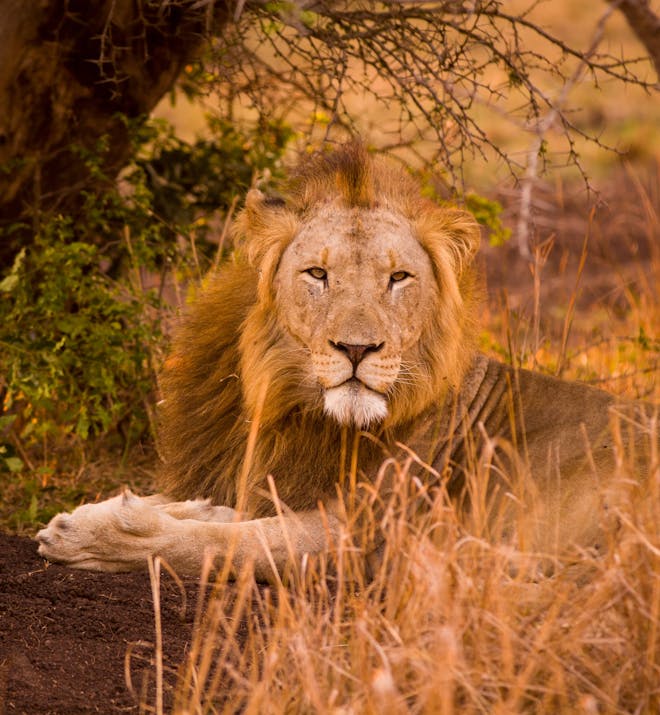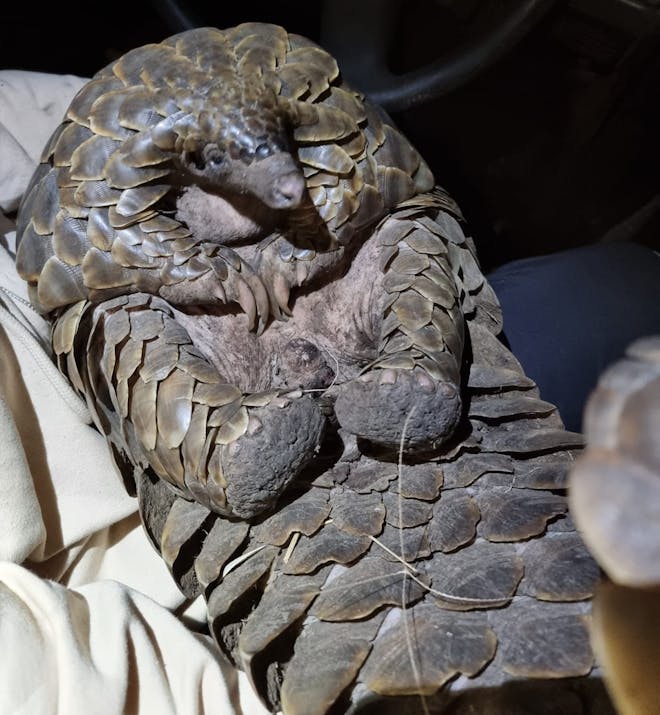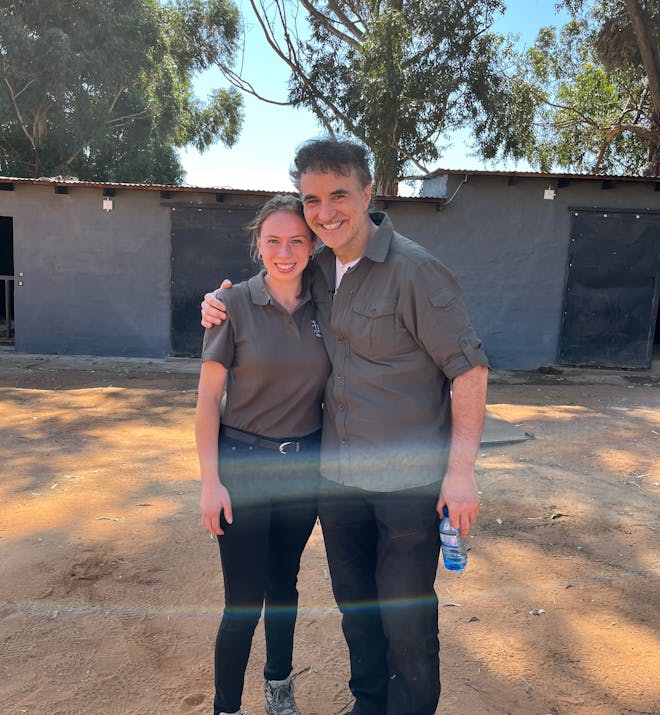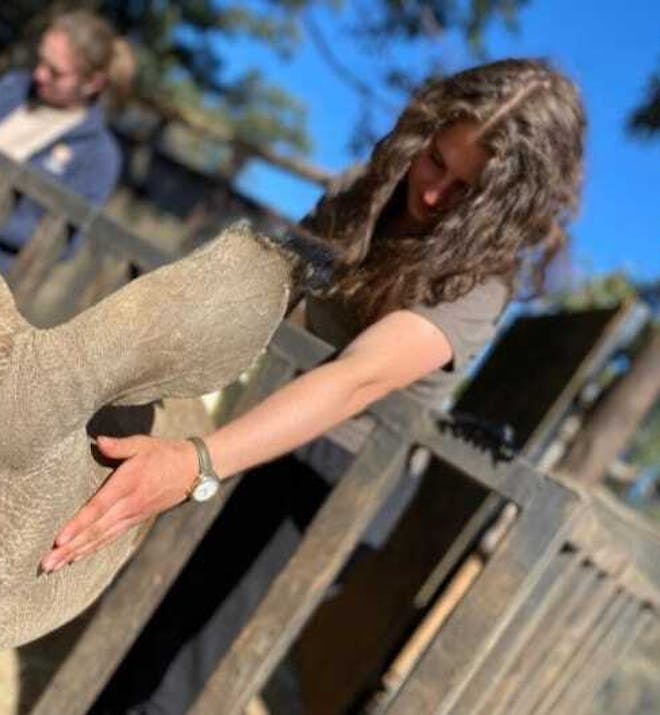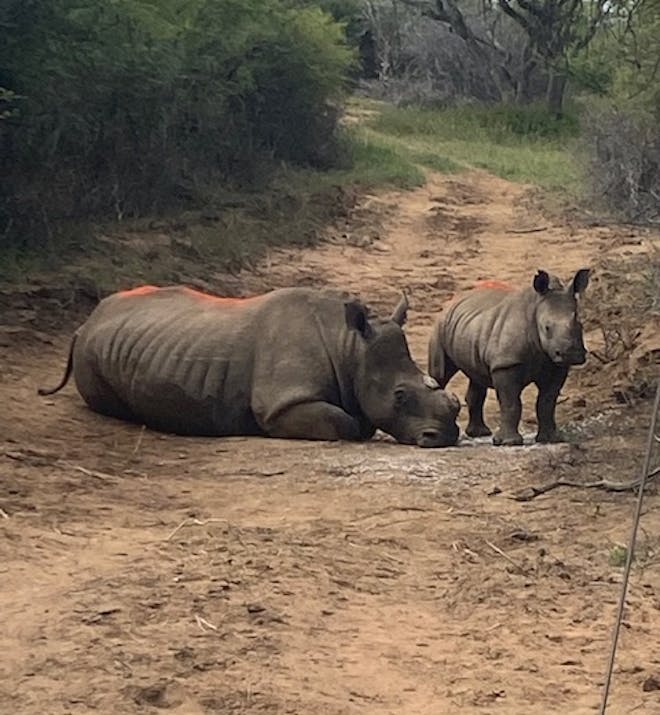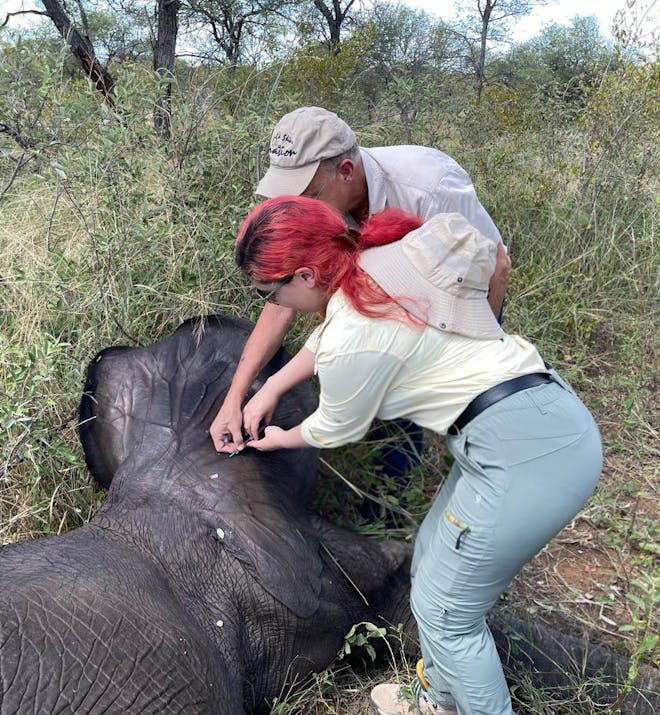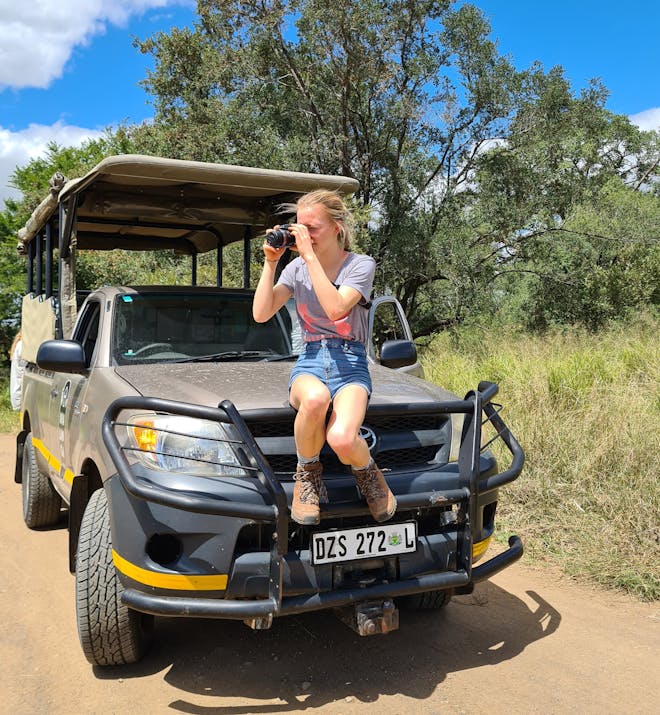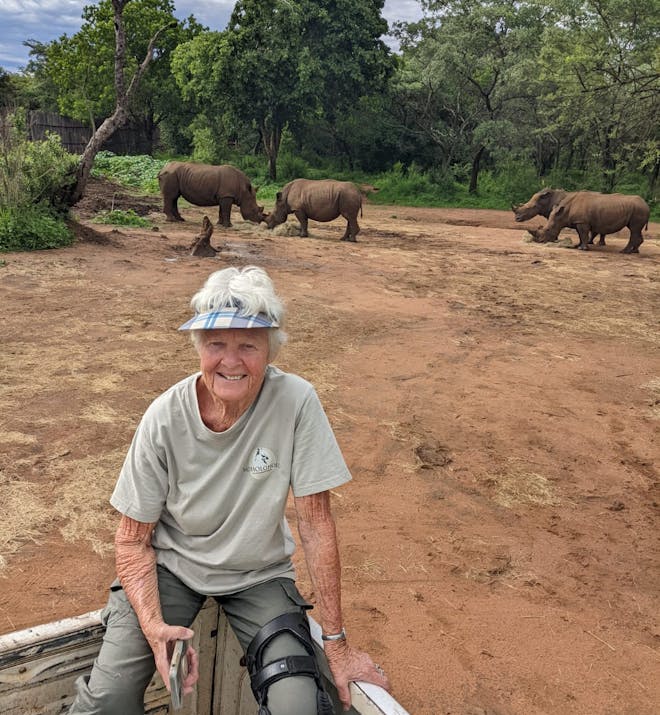

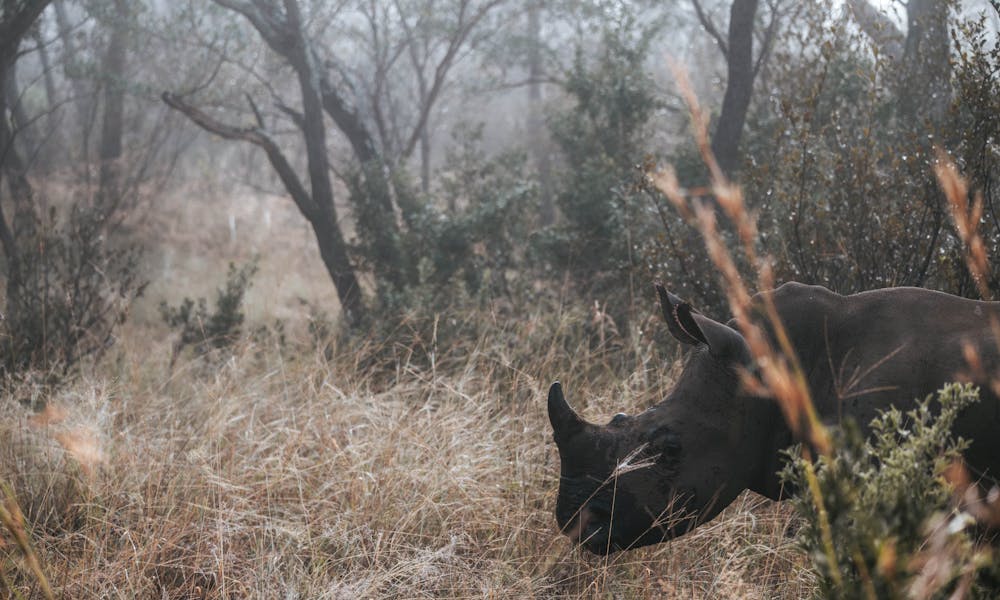
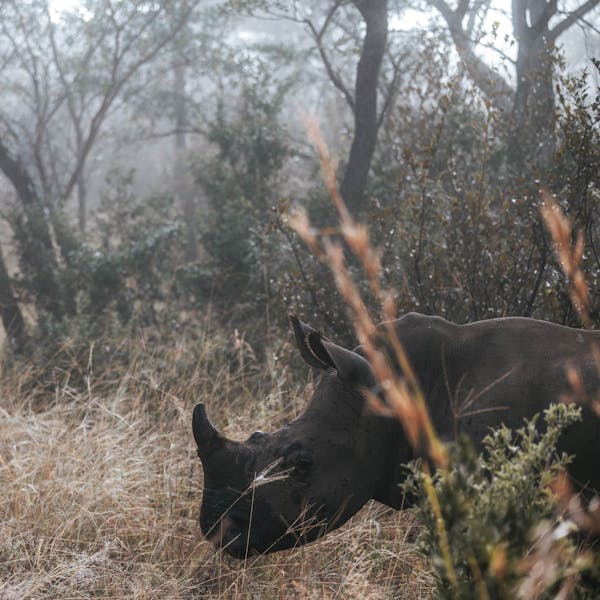
Rhino Conservation: Work With Rhino in Africa
Help save the rhino – one of Africa’s most iconic and persecuted species
Whether you’re bottle-feeding an orphaned baby rhino, saving a rhino’s life by helping with horn trimming or getting to grips with the physically demanding work of capture and relocation, our conservation experiences put you at the heart of Africa’s battle to save the rhino.
Why choose this experience?
Working hands-on with these wonderful creatures during our rhino courses in Africa, you’ll also get to know these surprisingly elusive and often misunderstood animals in a way few people ever do.
- Join like-minded people in helping to save the rhino
- Gain a unique insight into rhino behaviour by working with conservation professionals
- Learn new skills and knowledge in conservation, zoology, veterinary science and other fields
- Discover Africa’s beautiful ecosystems, away from tourist safaris
Choose Your Rhino Conservation Project
Care For Wild Africa Rhino Sanctuary
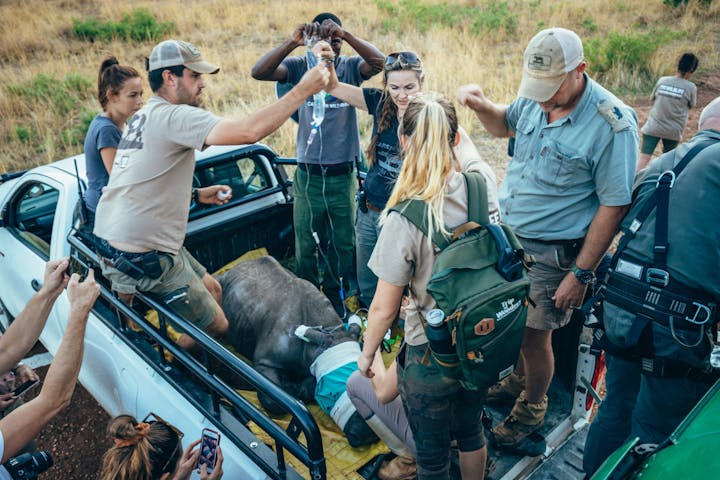
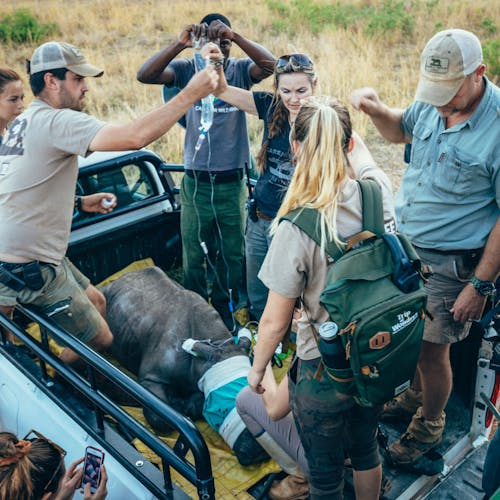
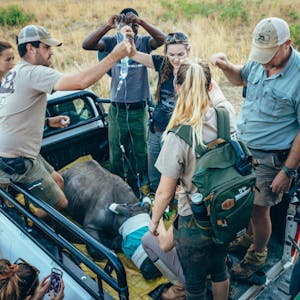

From Famous Kruger To Remote Okavango
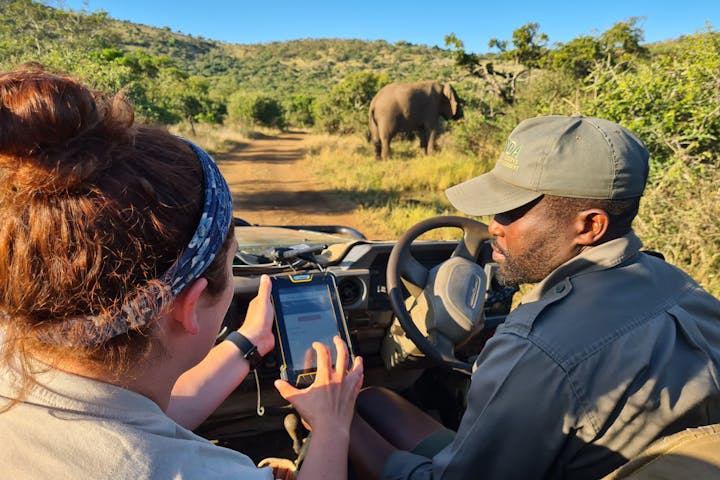

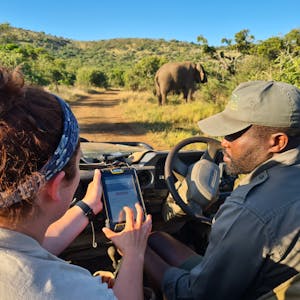

Golola Rhino Orphanage And Rehabilitation Centre
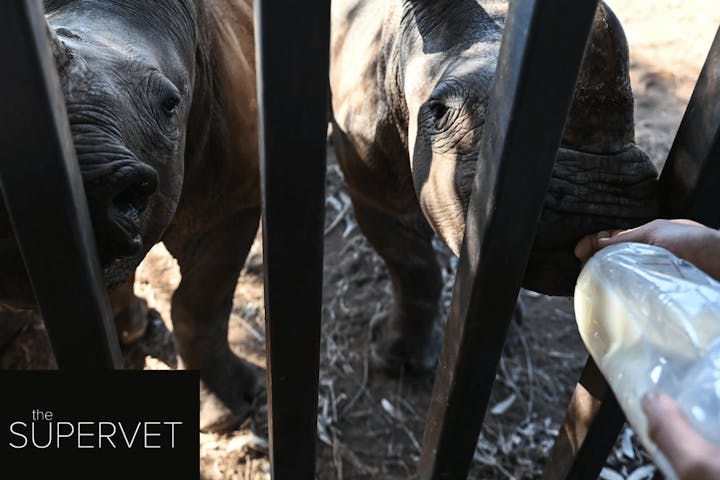
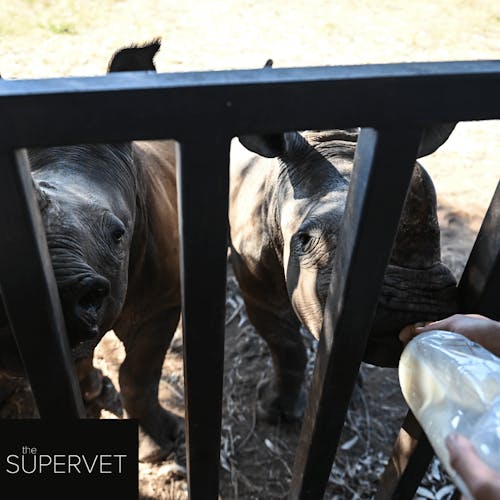
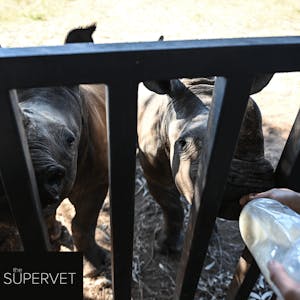
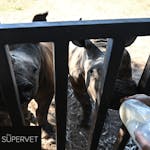
Phinda Wildlife Research Project




Rhino Conservation Experience
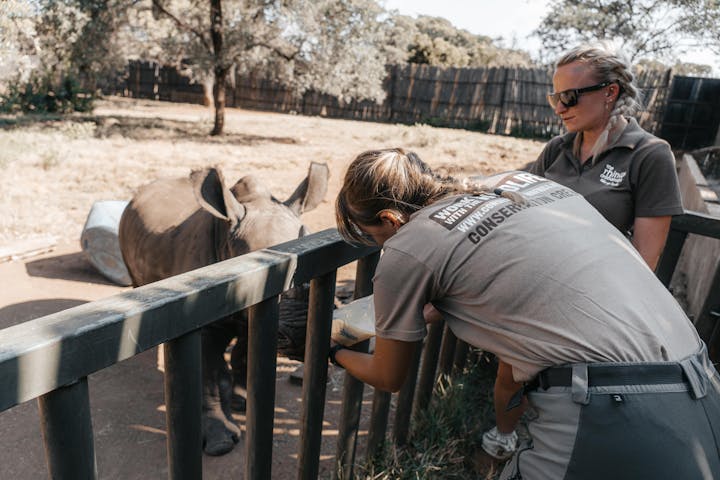
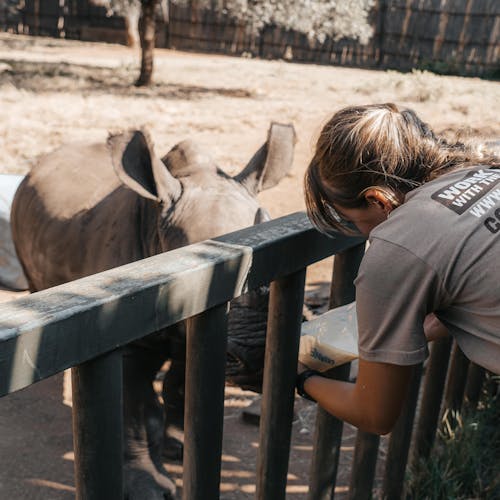
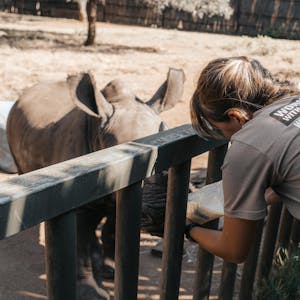

The Let’s-Go-All-In Gap Year Experience
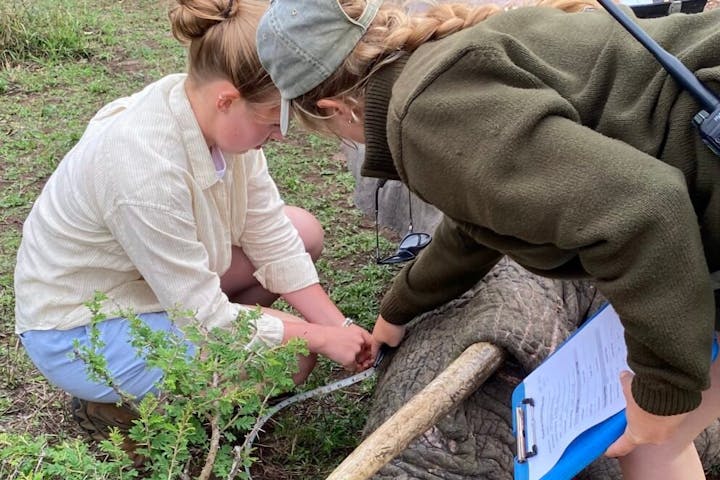
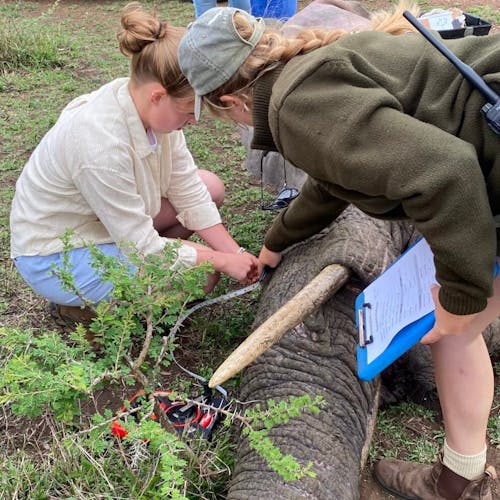
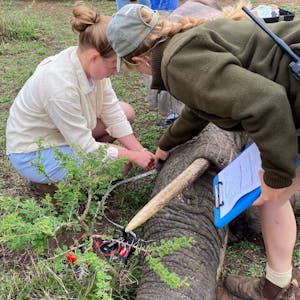

The New Horizons Sabbatical
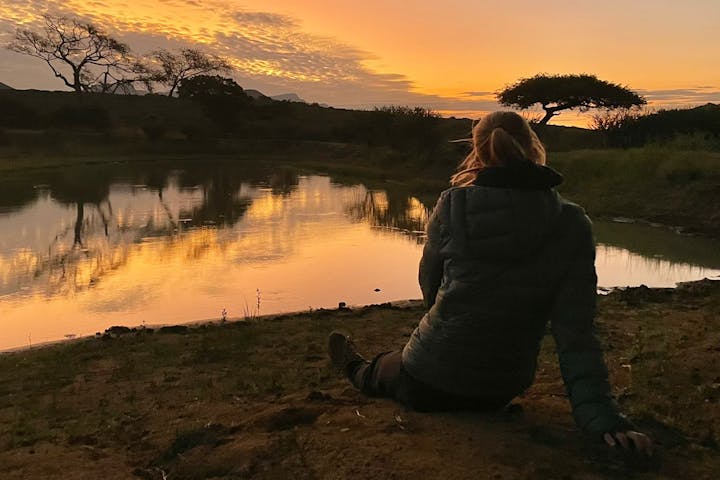



The Vikela Kruger Conservation Experience
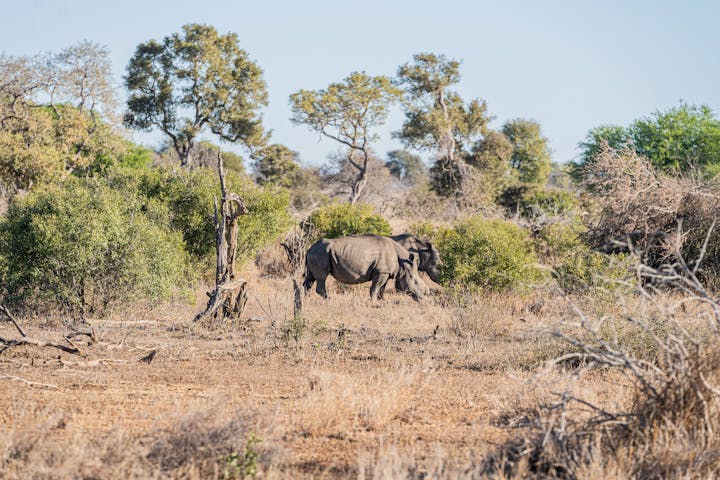



Traveller Stories
8 frightening facts about rhino poaching
1) One rhino is killed for its horn every eight hours
Even though rhino poaching is illegal in South Africa and carries a long-term prison sentence, poachers continue to kill rhinos in their thousands.
2) Rhinos are illegally hunted for their horns’ supposed medicinal qualities
In the traditional medicine systems of some Asian countries, powdered rhino horn is believed to cure a variety of ailments from hangovers to cancer. However, there is no evidence that horns have any of their claimed medical properties. In fact, rhino horn is nothing more than keratin, the same material you’ll find freely available in your toenail and fingernail clippings or scattered on the floor during your next trip to the hairdresser.
3) According to the WWF, there are approximately 20,000 white rhinos and just 4,800 black rhinos left in the wild
The International Union of Conservation for Nature (IUCN) Red List of Threatened Species now categorises the black rhino as ‘critically endangered.’
4) As rhino numbers dwindle, the price of horn rises
Sadly, this means people in some parts of East Asia now buy rhino horns purely as a grotesque symbol of wealth, sometimes even using them to close business deals. This creates a vicious cycle of reduced supply and increased demand.
5) Rhino horn is one of the most valuable materials on Earth
In some countries, it is worth more than its weight in gold. But it is worth pointing out again that this huge amount of money gains the buyer nothing more than a very large toenail (or nose nail to be more exact).
6) Most of Africa’s rhino poaching is focused on Kruger National Park
The vast majority of white rhinos are found in South Africa, making Kruger a real target for poachers. However, Zimbabwe, Namibia and Kenya also have large rhino populations and poaching gangs have taken a serious toll in these countries as well.
7) In 2017, poachers killed a rhino in a Paris zoo
This high-profile act of violence and cruelty brought the rhino poaching crisis home to many animal rights activists across Europe.
8) Over 1,000 rhinos are now killed every year…
…according to researchers who work with rhinos in Africa. This amounts to three rhinos being lost from the wild each day. If this statistic is not reduced we could see a collapse in the wild rhino population in as little as ten years.
Humane horn trimming of rhino in Africa
So how do you stop rhino poaching? Well, conservationists working with rhinos in Africa have trialled many anti-poaching strategies over the years and one of the most effective is humane horn trimming. This veterinary procedure, where a rhino is sedated and its horn partly removed, helps to reduce the poacher’s incentive for killing the animal.
Humane horn trimming was first used as an anti-poaching strategy in Namibia during the early 1990s. During this original trial, no horn trimmed rhinos were poached and horn trimming went on to be adopted in South Africa, Zimbabwe and elsewhere as an anti-poaching strategy.
While horn trimming programmes have proved successful, in some locations poachers continued killing rhinos regardless of whether or not they had been trimmed. This is because horm trimming does not completely remove the horn, as this would be fatal to the animal, and some poachers are prepared to kill a rhino for the stump that remains after it has been trimmed.
As such, conservationists working with rhinos in Africa now understand that for horn trimming to be effective it needs to be part of a holistic anti-poaching strategy. That means security, monitoring and education need to be put into action alongside a horn trimming programme.
Rhino horn trimming may be an effective anti-poaching strategy but it is far from perfect. Any surgical procedure carries a risk of harm or even death to the rhino, particularly when using strong sedative drugs. Rhino horn also grows back over time, meaning a rhino's horn needs to be trimmed on an ongoing basis. There is also the ethical question of whether or not it is right to remove a rhino’s horn, which they use to protect their young and in territorial battles, especially between males.
Finally, there is the price. It is estimated that each individual horn trimming prices over USD 2,000. This means that to horn trim every rhino in South Africa would cost tens of millions of dollars. While you can’t put a price on the life of an animal, the reality is wildlife conservationists in Africa don’t have unlimited funds.
Despite these drawbacks, most wildlife conservationists working with rhino agree that, until a better strategy is found, the benefits of horn trimming greatly outweigh the risks.
Breeding and relocation
Some game reserves in South Africa have successfully managed to increase their rhino populations through a programme of skilful management, security and horn trimming. And now they’re sharing their success with other regions, by relocating rhinos in sufficient numbers to repopulate areas where they had been wiped out. Since 2013, more than 100 rhinos have been relocated from reserves in South Africa to Botswana, a country where rhinos have been hunted to extinction.
Botswana’s government have committed themselves to a huge security effort to re-establish rhinos in their country, even deploying their military in the fight against poachers. Meanwhile, conservationists working with rhinos in South Africa have been educating their compatriots in Botswana about management strategies.
It’s still too early to tell how successful rhino relocation will be, but the early signs suggest that breeding and relocation, alongside a programme of horn trimming, security and monitoring, offer a glimmer of hope for conservationists working to save the rhino and overall rhino conservation.
Explore other volunteering types
Adventure Learning Experiences




Gap Year Travel




Internships
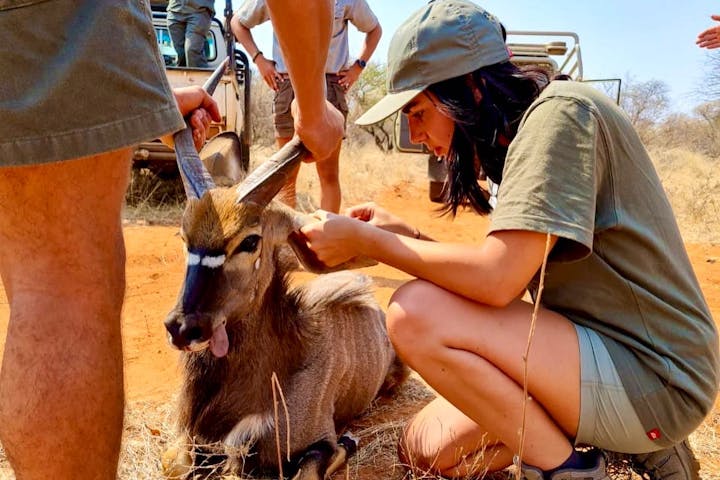
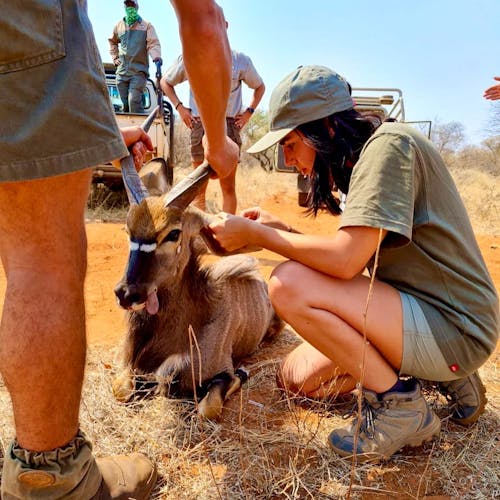
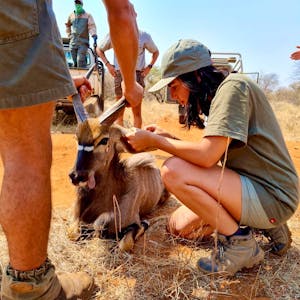

Marine Conservation Projects
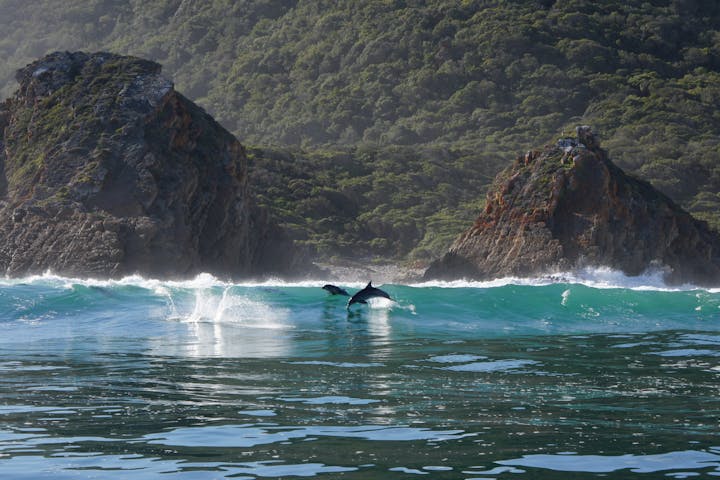
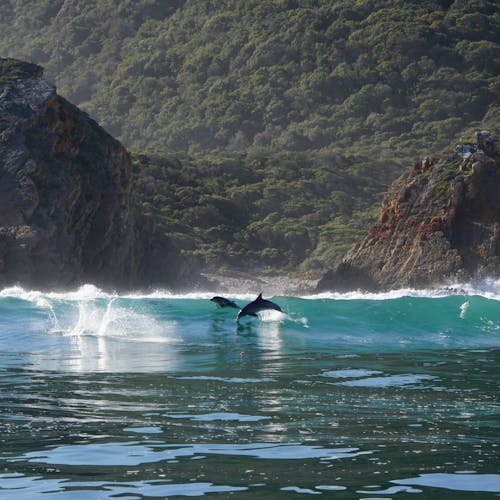


Sabbaticals & Career Breaks
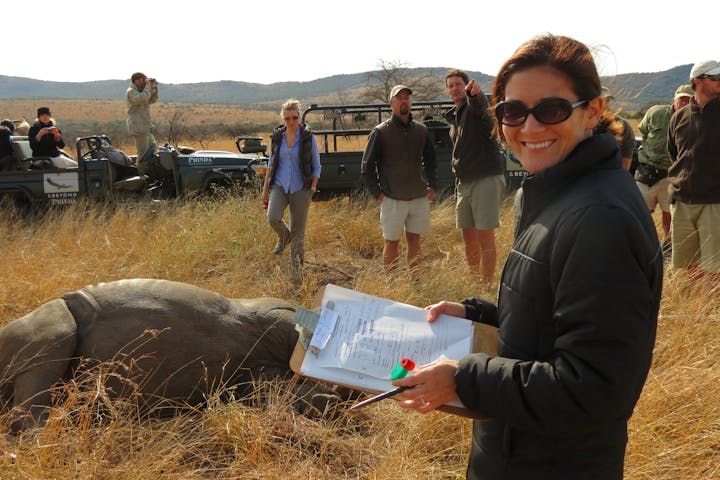
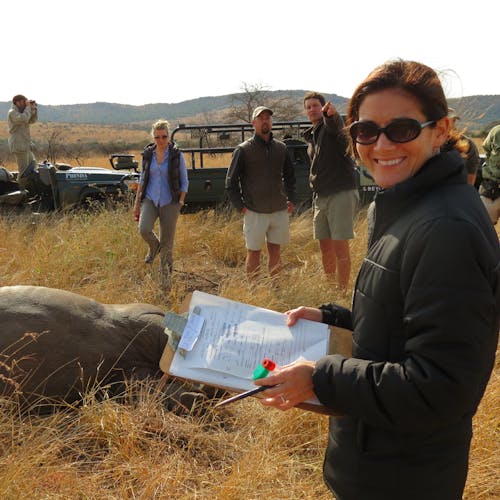
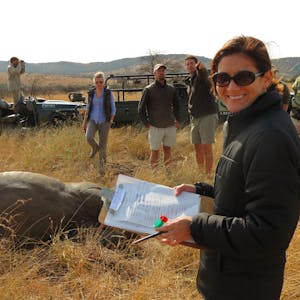

School & College Field Trips

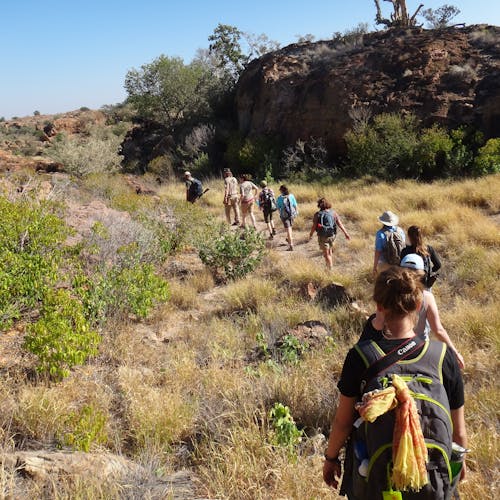
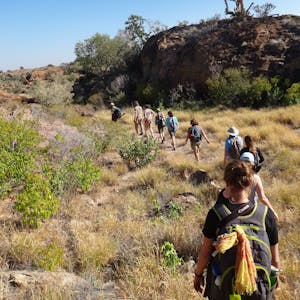

Short Experiences
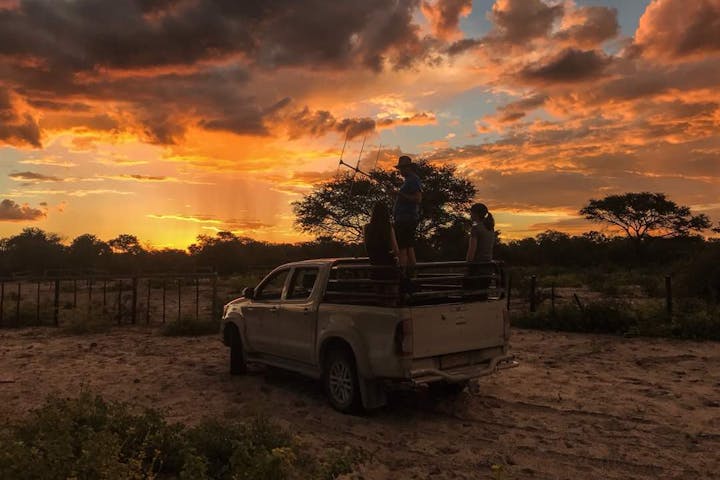
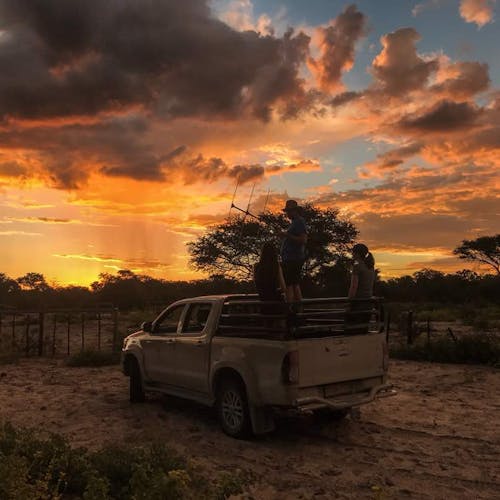
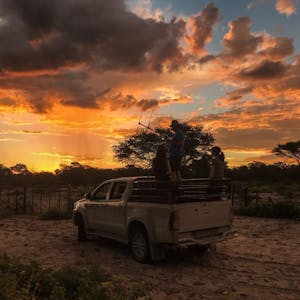

Wildlife Care & Rehabilitation

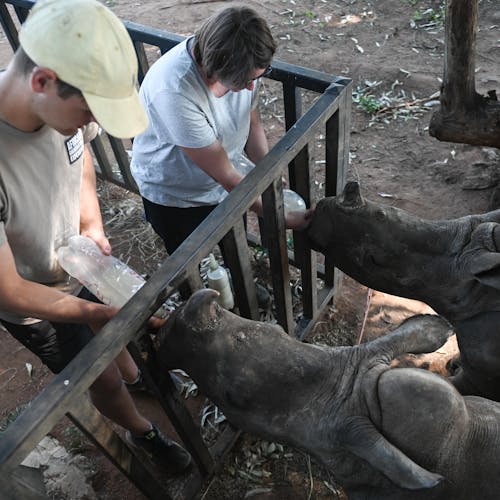

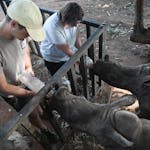
Wildlife Research & Management

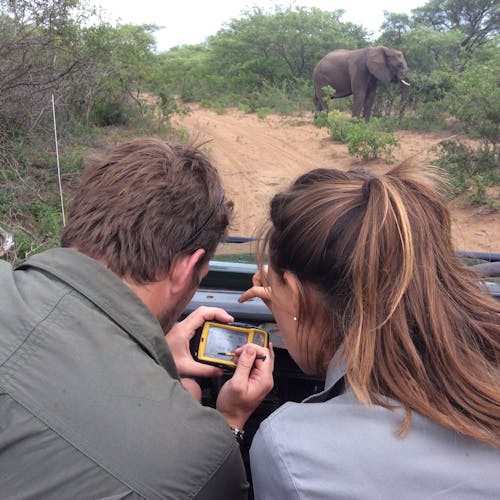


Wildlife Veterinary Projects

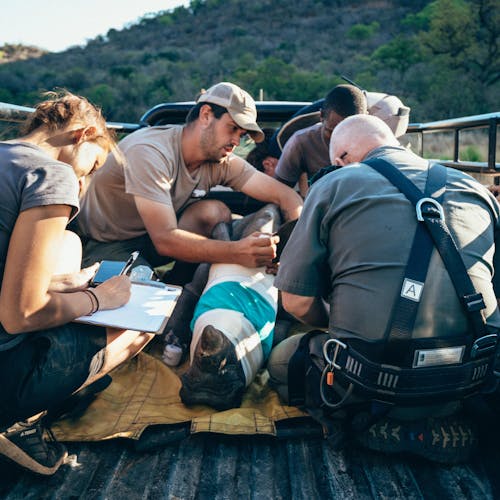


Or explore by animal
African Wild Dog Conservation Projects
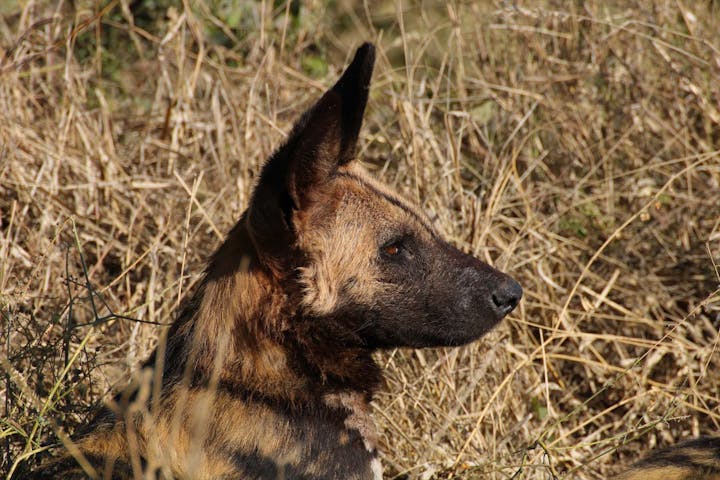
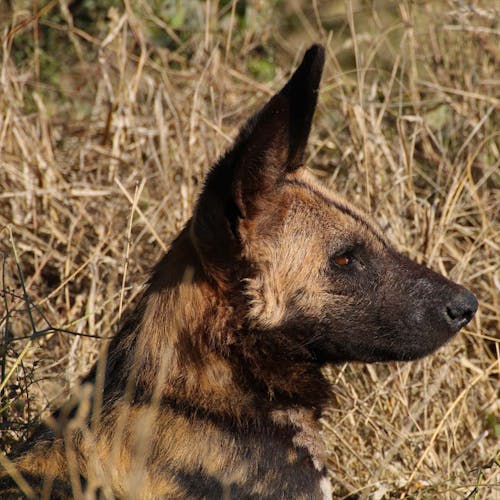


Elephant Conservation Projects

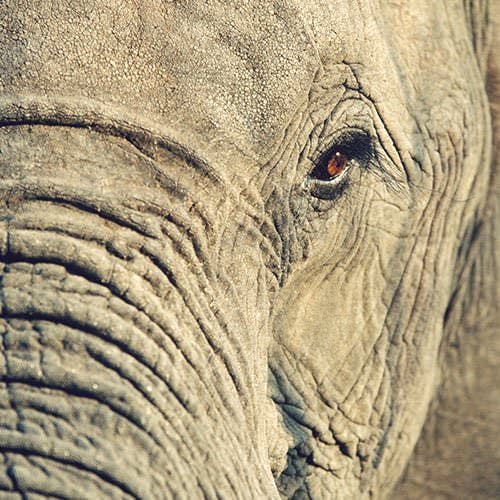
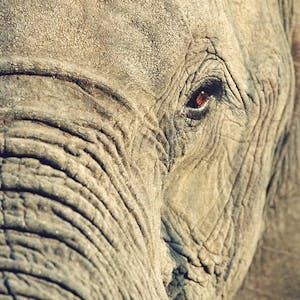

Lion Conservation Projects
